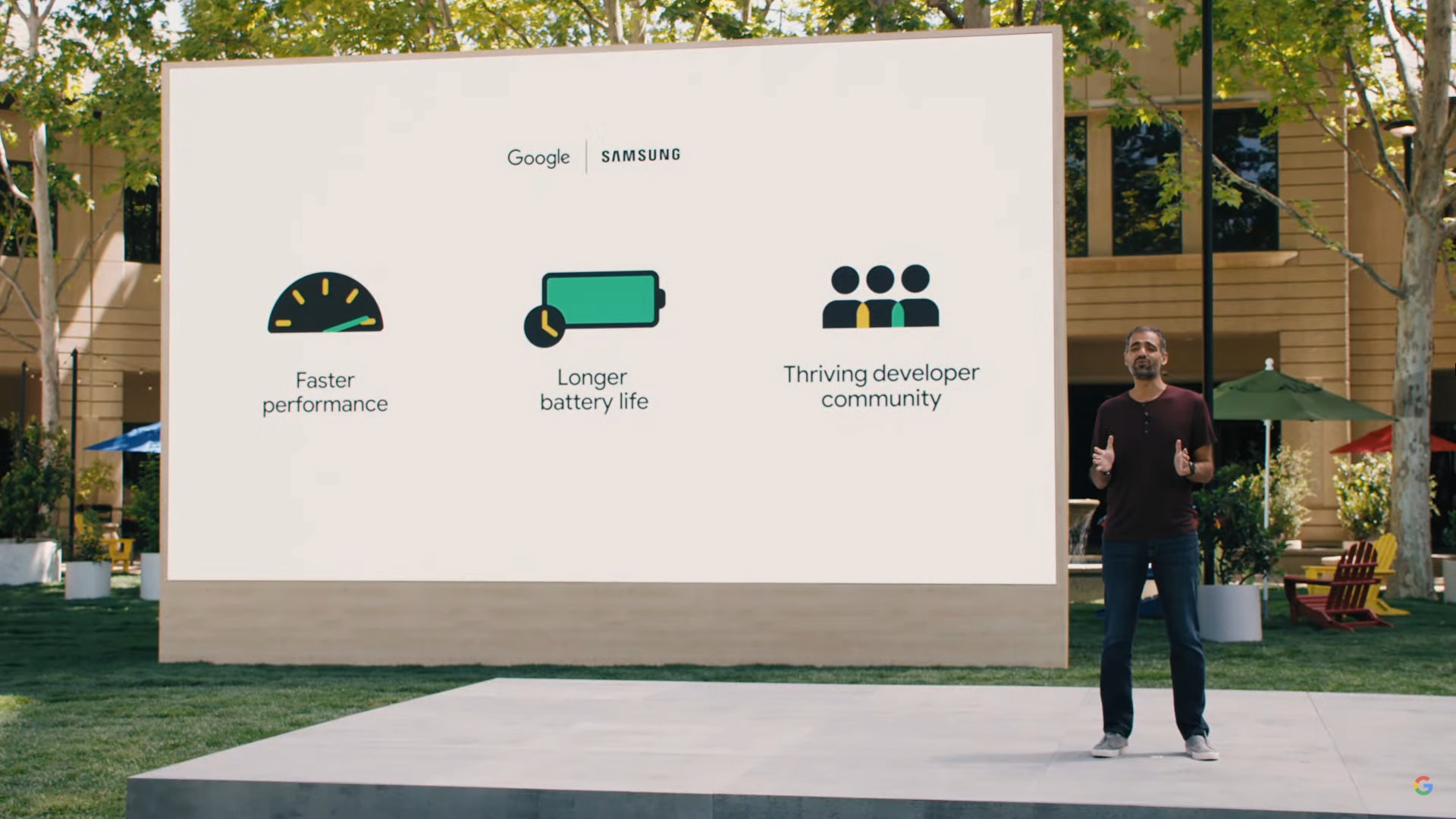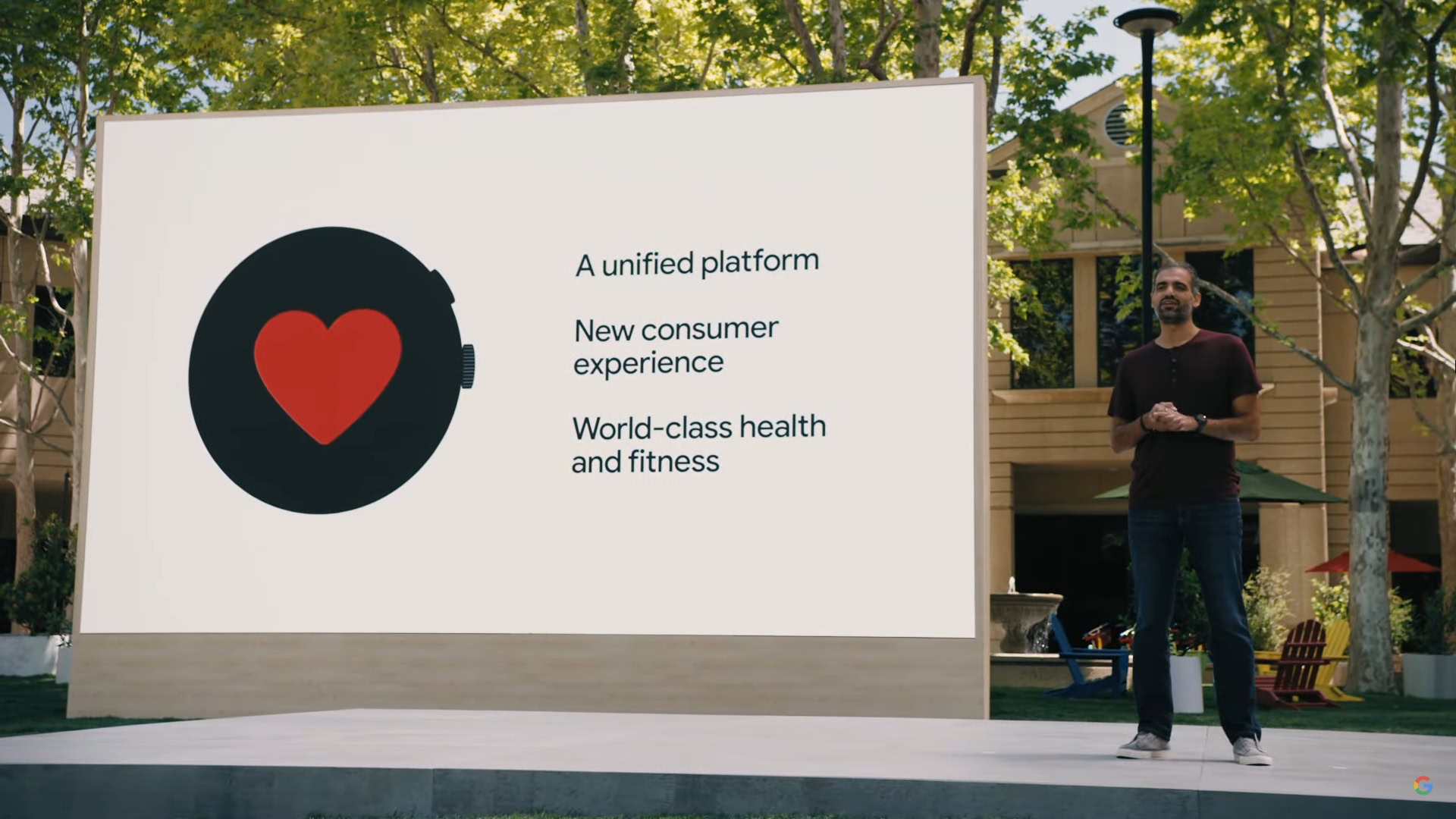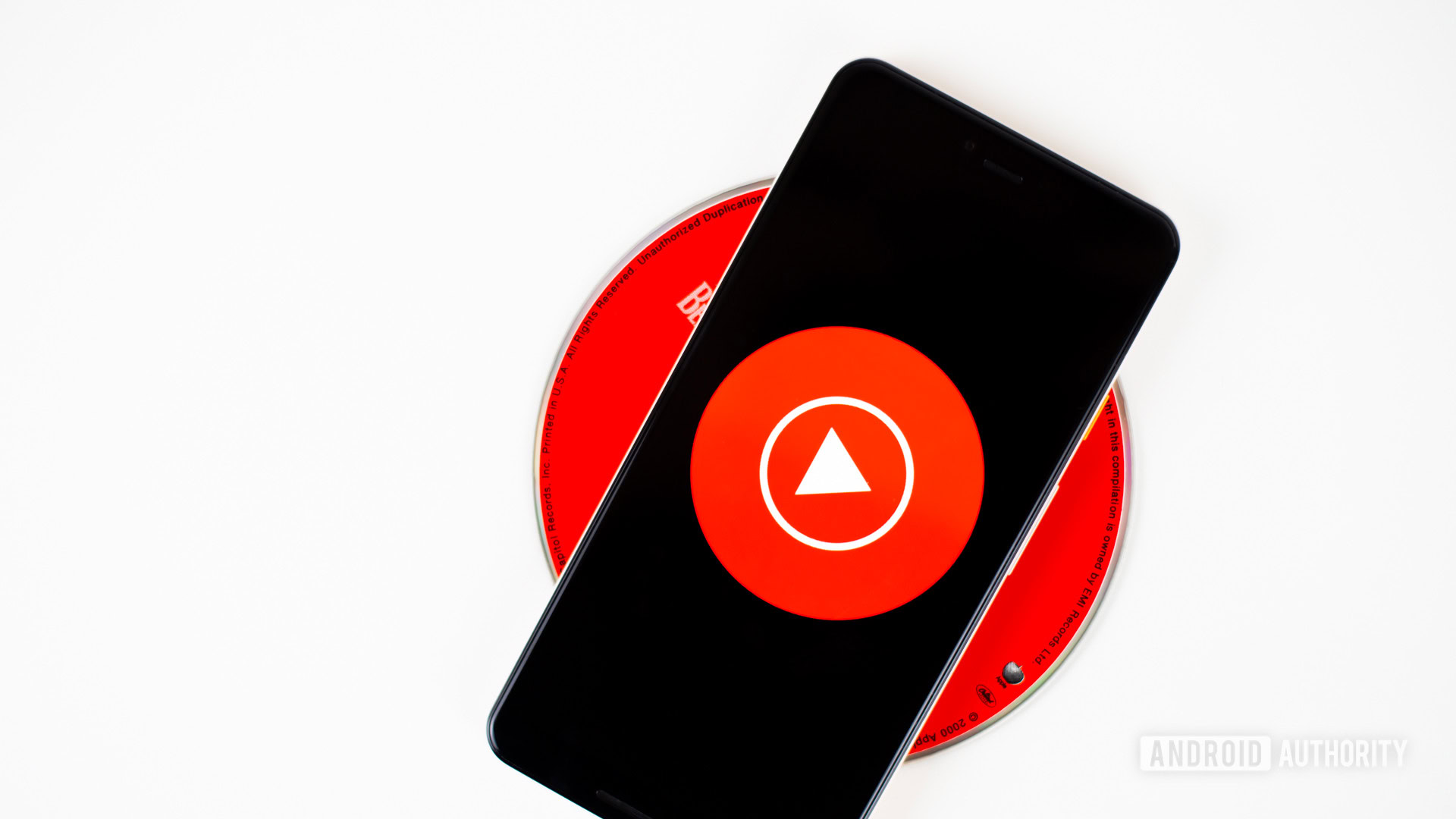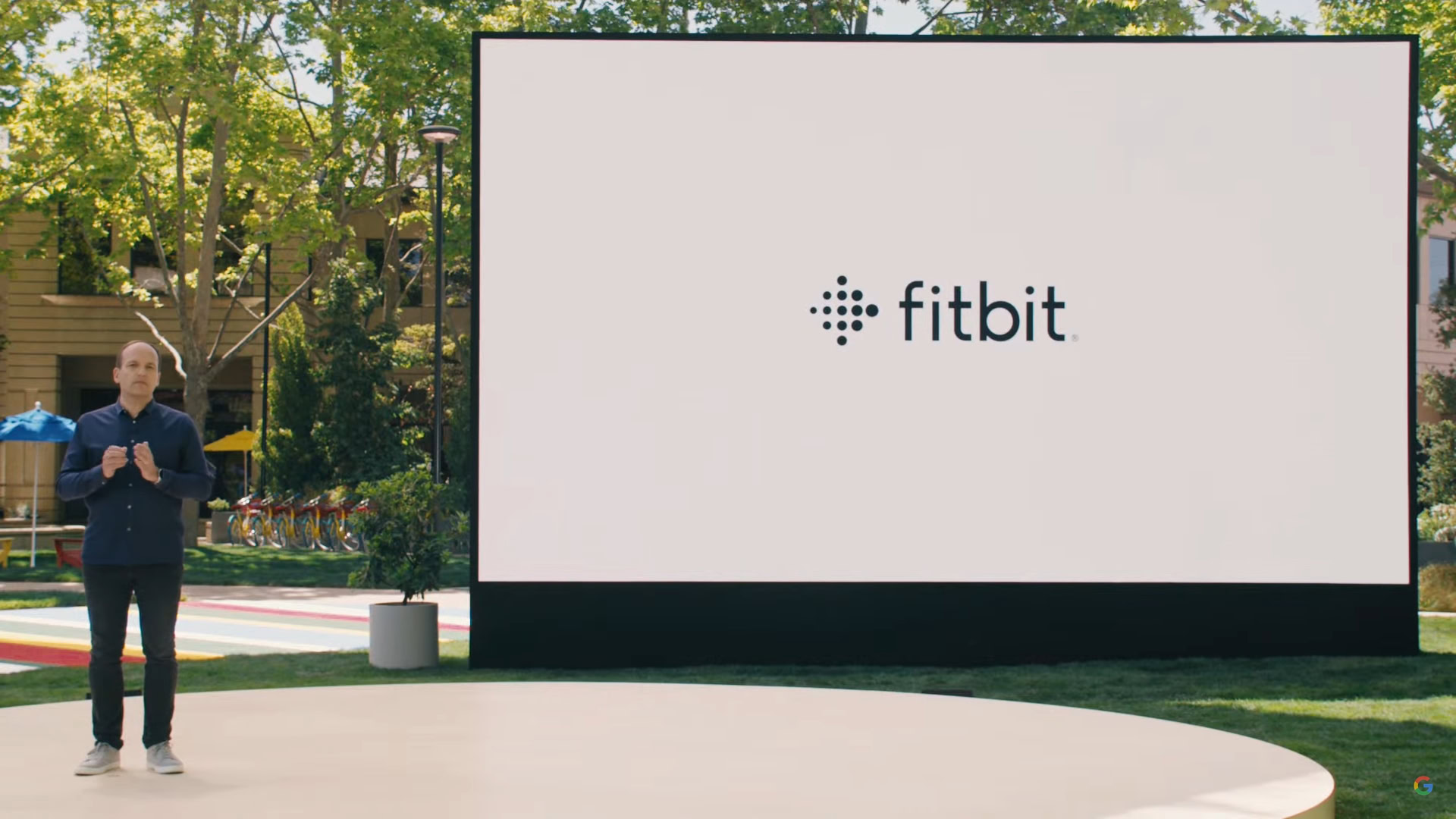Affiliate links on Android Authority may earn us a commission. Learn more.
Google and Samsung team up to make Wear OS a true competitor
May 18, 2021

- Big updates are coming to Wear OS, including OEM customizations, faster performance, and much more.
- YouTube Music and Fitbit apps are finally coming to Wear OS, as well.
- The new unified Wear OS platform was developed in partnership with Samsung.
Despite the tumultuous last few years for the smartwatch platform, Google remains committed to Wear OS and smartwatches in general. During its Google I/O 2021 keynote, the company announced a long-overdue update to Wear OS, which should be coming to existing smartwatches later this year.
Complete with OEM customizations and Fitbit integrations, Google hopes these platform changes will help it catch up to bigger players like the Apple Watch.
The new Wear OS, made in partnership with Samsung

Google has partnered with Samsung to build a unified Wear OS platform that focuses on three main pain points: battery life, performance, and the app ecosystem. Major visual changes are coming to the platform, along with new tools for developers to build a more user-friendly and competitive ecosystem.
We can expect Samsung to launch the next Galaxy Watch later this year with the new version of Wear OS on board. We’ll likely see the Galaxy Watch 4 run Wear OS instead of Tizen, which has powered all of Samsung’s Galaxy watches to date.
Samsung is jumping on the Wear OS bandwagon for a few reasons, but the main one is likely app ecosystem development. One of the Galaxy Watch line’s main pitfalls is its lack of third-party applications, left in the dust by bigger competitors like the Apple Watch and even Wear OS itself. If Samsung uses Wear OS, it can tap into Google’s long list of APIs to make a more cohesive and feature-rich platform. One way to get more developers on your platform is to use another platform!
Software skins are coming to Wear OS

In Wear OS’ early days, Google wouldn’t allow OEMs to customize much of the Wear OS user experience. The software running on a $500+ smartwatch was essentially the same as the software running on a cheap Wear OS watch. That was great news for software consistency but gave little reason to buy a smartwatch based on anything but hardware alone.
Now, Google is attempting to make Wear OS on smartwatches more like Android proper on phones. It’s doing so by opening the platform to be more developer-friendly. Smartwatch OEMs can now customize Wear OS’ UX to make it more in line with their phones. You may see a Samsung smartwatch with a more One UI-like experience, whereas a Fossil smartwatch might have more of Fossil’s own preferred software tweaks.
The company didn’t mention how this might affect Wear OS’ update schedule. Will we see the same problem with Android updates stem to Wear OS watches? How much extra time will Fossil need to take to update its smartwatches after it rolls out a custom interface? We’ll report back on this once we know more.
Related: The best Wear OS watches you can buy: Mobvoi, Fossil, and more
Google is also announcing a handful of user interface tweaks to Wear OS. Tiles — which provide glanceable information with just a few swipes from the home screen — can now be created by any developer. There’s also a new navigation system in Wear OS that will let you switch between apps quicker than before. During a workout, for instance, you’ll be able to swipe over to a music widget and swipe back again without spending precious time away from your workout app. You could also double-tap a hardware button to launch a shortcut from within a workout app.
Performance on the new Wear OS will be improved. Apps should launch up to 30% faster than they do on the current build of Wear OS. That’s great news, considering app performance is another one of Wear OS’ pain points.
And finally, thanks to the Samsung partnership, there will likely be more choice in wireless partners for Wear OS devices from now on. We’re assuming that means AT&T or T-Mobile might start carrying LTE-capable Wear OS devices.
YouTube Music and other Google app updates

One of the bigger Wear OS controversies lately has been the delayed launch of YouTube Music on Wear OS after the company shut down Google Play Music. Thankfully, that’s changing with the new Wear OS update. YouTube Music is finally coming to Wear OS, complete with offline music playback. YouTube Music will roll out “later this year.”
We already know YouTube Music isn’t exactly the #1 choice for many users. That distinction belongs to Spotify. Thankfully, Google is finally adding offline listening via Spotify on Wear OS. No exact timeframe was given aside from, again, “later this year.”
Google Maps is getting a new user interface for its turn-by-turn directions feature, coming early June 2021. And later this year, Maps will be able to support navigation without a nearby phone. We don’t have details on how this will work, but we should learn more in the coming months.
Google Pay on Wear OS will also be expanded to support 37 countries and more than 200 transit systems around the world. Google’s goal is to have it supported as well as it is on phones. The new countries include the United Arab Emirates, Austria, Belgium, Bulgaria, Brazil, Chile, Croatia, Czechia, Denmark, Estonia, Finland, Greece, Hong Kong, Hungary, Ireland, Lithuania, Latvia, New Zealand, Norway, Portugal, Romania, Singapore, Slovakia, Sweden, Taiwan, and Ukraine. This expansion will roll out in late May/early June.
The first fruits of the Fitbit acquisition

Following Google’s acquisition of Fitbit in January, we’re finally starting to see the first Fitbit features creeping their way into Wear OS. The new Wear OS will have a few Fitbit staples, like the Today app (your daily activity summary), various exercise modes, Active Zone Minutes, and on-wrist celebrations when you reach a goal.
We’re unsure exactly how data will be handled between Fitbit and Wear OS. We know data tracked with the Fitbit app on Wear OS will be synced with the Fitbit app. And at least initially, activities recorded with the Fitbit app on Wear watches will not upload to Google Fit. This is probably a good move on Google’s part; even with its recent updates, Google Fit is far behind the functionality of the Fitbit app.
Google again worked with Samsung to completely rebuild the health and fitness framework on Wear OS to make it more power-efficient, more accurate, and more developer-friendly. The new Fitbit app on Wear was built with Google’s new fitness and health APIs, which should roll out to developers soon.
Also read: Fitbit buyer’s guide: Everything you need to know
Good news for developers
Developers will be able to get started building apps for the new Wear OS soon. Jetpack support will roll out in the coming weeks, as will APIs with Kotlin in mind. Google will also soon launch an alpha build of the new Health Services API.
Thank you for being part of our community. Read our Comment Policy before posting.